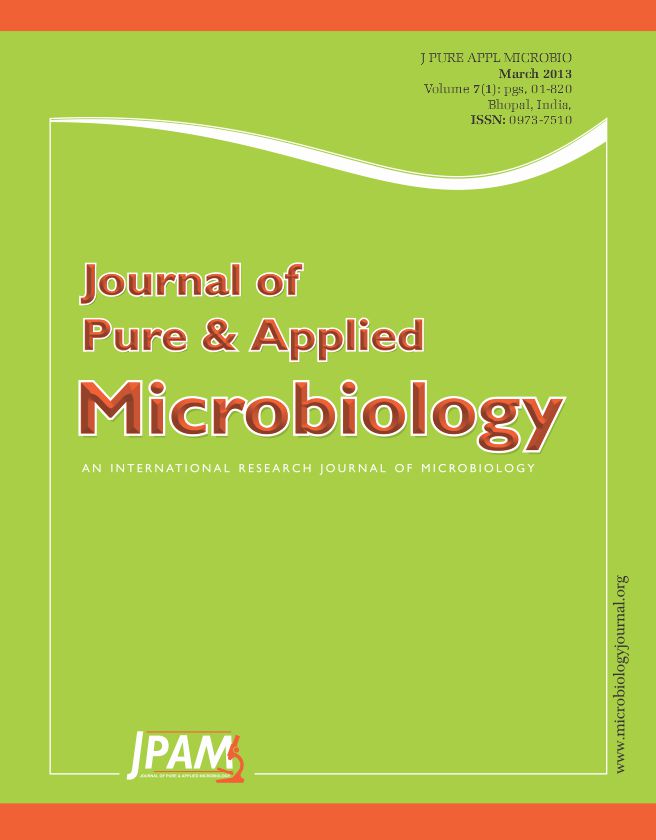In the present study, a strategy for cloning three novel phytase genes (phyA) from different filamentous fungi strains by using combined utilization of Consensus-Degenerate Hybrid Oligonucleotide Primer (CODEHOP) PCR and Thermal Asymmetric Interlaced PCR (TAIL-PCR) was developed. Based on the conserved regions recognized by ClustalW online, CODEHOP primers were designed to amplify a partial sequence of the phytase gene. TAIL-PCR was then employed to clone the 5’ and 3’ flanking sequences. Using this strategy, three novel phytase genes of Aspergillus niger, Aspergillus oryzae and Penicillium sp. were cloned. After expression in Pichia pastoris, the properties of the three recombinant phytase were characterized. Sequence analysis and characterization of the recombinant enzymes revealed that they belonged to the family of histidine acid phosphatases. The results showed that combination of CODEHOP PCR and TAIL-PCR was an efficient strategy for cloning unknown genes from potential species.
Phytase, CODEHOP, TAIL-PCR, Aspergillus niger, A. oryzae, Penicillium sp
© The Author(s) 2014. Open Access. This article is distributed under the terms of the Creative Commons Attribution 4.0 International License which permits unrestricted use, sharing, distribution, and reproduction in any medium, provided you give appropriate credit to the original author(s) and the source, provide a link to the Creative Commons license, and indicate if changes were made.


